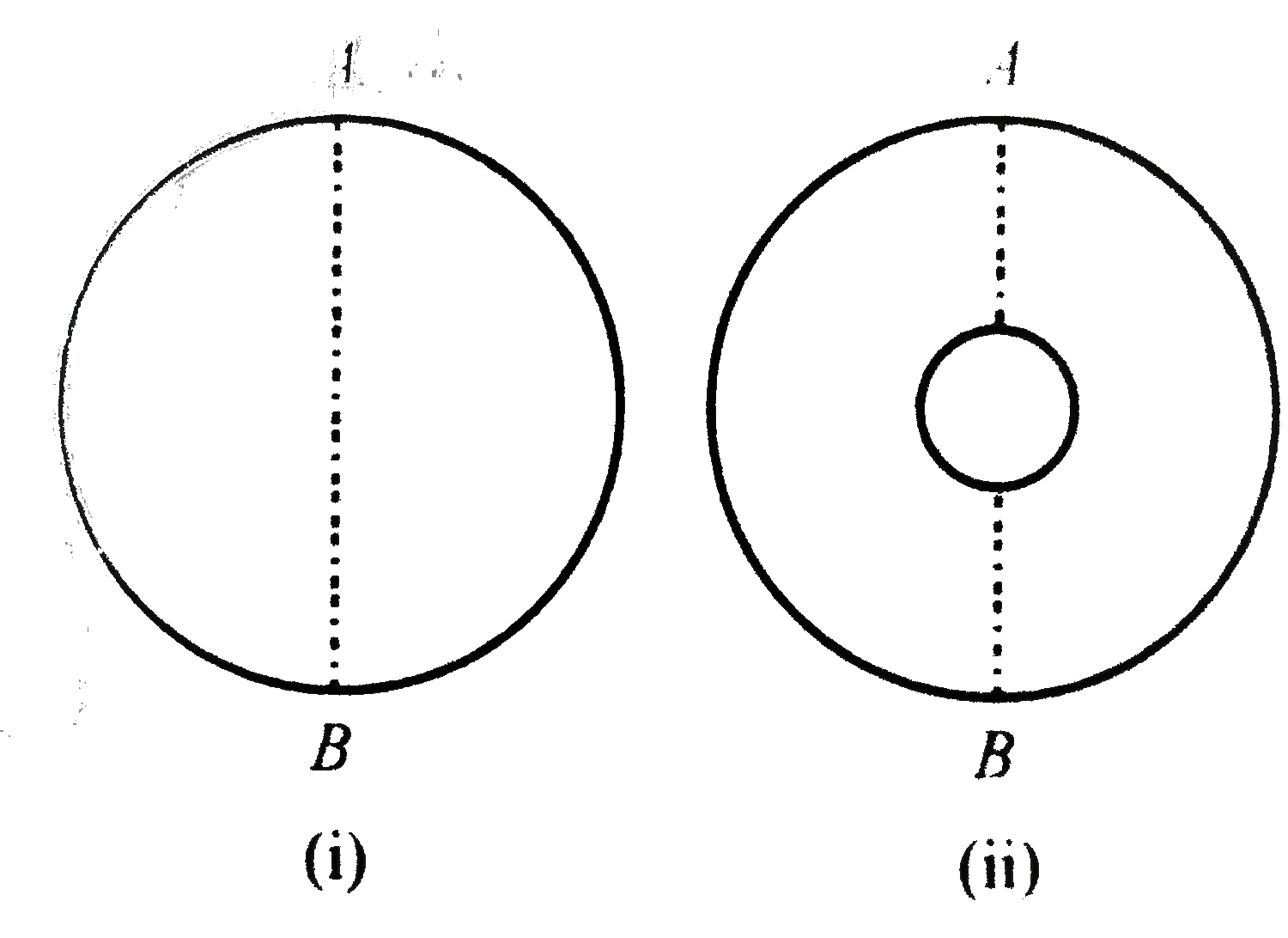Text Solution
Verified by Experts
Topper's Solved these Questions
Similar Questions
Explore conceptually related problems
Knowledge Check
CENGAGE PHYSICS-CALORIMETRY-Exercise 1.2
- Does the change in volume of a body when its temperature is raised dep...
Text Solution
|
- Explain why some rubber-like substances contract with rising temperatu...
Text Solution
|
- Two large holes are cut in a metal sheet. If this is heated, will thei...
Text Solution
|
- In the above question, will the distance between the holes increase or...
Text Solution
|
- A long metal rod is bent to form a ring with a small gap if this is he...
Text Solution
|
- Two iron spheres of the same diameter are heated to the same temperatu...
Text Solution
|
- A steel rod is 3.000 cm at 25^@C. A brass ring has an interior diamete...
Text Solution
|
- A clock with a metallic pendulum gains 5 s each day at a temperature o...
Text Solution
|
- The design of some physical instrument requires that there be a consta...
Text Solution
|
- A metal rod of 30 cm length expands by 0.075 cm when its temperature i...
Text Solution
|
- A brass scale is graduated at 10^@C. What is the true length of a zinc...
Text Solution
|
- A long horizontal glass capillary tube open at both ends contains a me...
Text Solution
|
- A mercury in glass thermometer has a stem of internal diameter 0.06 cm...
Text Solution
|
- A sphete of deamrter 7.0 cm and mass 266.5 g float in a bath of liquid...
Text Solution
|
- A mercury thermometer is to be made with glass tubing of internal bore...
Text Solution
|
- On a Celsius thermometer the distance between the readings 0^@C and 10...
Text Solution
|
- The height of a mercury column measured with a brass scale, which is c...
Text Solution
|
- A glass bulb contains air and mercury. What fraction of the bulb must ...
Text Solution
|
- Two rods of equal cross sections, one of copper and the other of steel...
Text Solution
|
- A glass vessel measures exactly 10 cm xx 10 cm xx 10 cm at 0^@C. It is...
Text Solution
|
